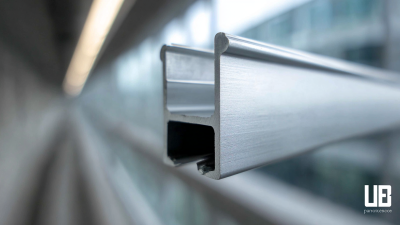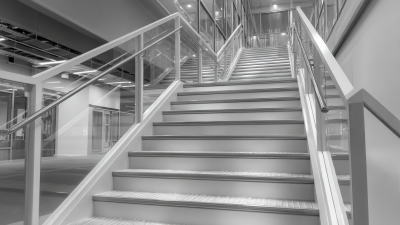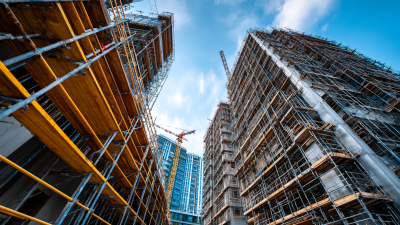In contemporary architecture, the choice of materials significantly influences both functionality and aesthetic appeal, with Aluminum Handrail Section Profiles emerging as a preferred option. According to the Aluminum Association, the use of aluminum in construction has grown by over 30% in the last decade, primarily due to its lightweight, durability, and corrosion resistance. These profiles not only enhance safety in elevated spaces but also offer versatility in design, allowing for seamless integration into various architectural styles. The increased adoption of Aluminum Handrail Section Profiles is also aligned with sustainability trends, as aluminum is 100% recyclable, thus minimizing environmental impact. With modern building codes emphasizing both safety and design efficiency, understanding the advantages of these profiles is essential for architects and developers aiming to create innovative and safe structures.
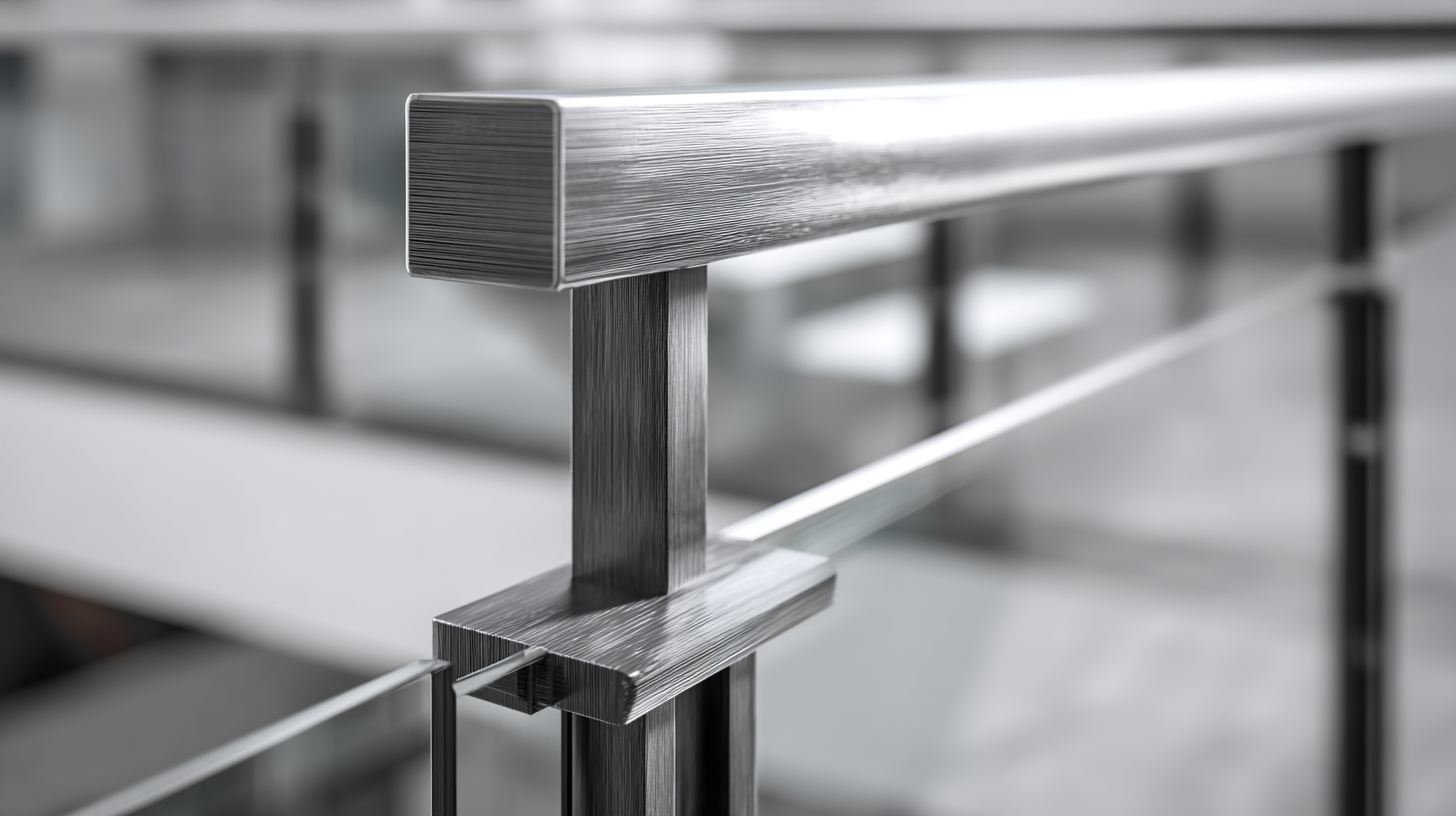
Choosing the right aluminum handrail section profile is crucial for both functionality and aesthetics in modern architecture. Aluminum handrails offer a variety of profiles, each designed to meet different structural needs while enhancing visual appeal. The selection of an appropriate profile can significantly affect safety, durability, and compliance with building codes, making it essential for architects and builders to understand the implications of their choices.
Furthermore, the right handrail profile contributes to the overall design coherence of a space. A well-designed aluminum section can seamlessly integrate with other architectural elements, creating a unified look. Considerations such as the profile’s thickness, shape, and finish can influence not only the handrail's effectiveness but also its ability to withstand environmental challenges, such as corrosion and wear. Thus, careful evaluation of these factors will ensure that the selected aluminum handrail section not only fulfills functional requirements but also elevates the aesthetic value of the overall design.
| Profile Type | Material Thickness (mm) | Weight (kg/m) | Corrosion Resistance | Design Flexibility |
|---|---|---|---|---|
| Flat Bar | 3 | 1.5 | Excellent | High |
| Round Tube | 2.5 | 1.2 | Very Good | Medium |
| Square Tube | 3 | 2.0 | Excellent | High |
| L-Shaped | 4 | 2.5 | Good | Medium |
Aluminum handrail section profiles have emerged as a preferred choice in modern architectural design due to their numerous key benefits. According to a report by Smith & Sons Architects, the use of aluminum handrails can reduce overall project costs by up to 20% when compared to traditional materials like wood or steel. This reduction is primarily due to lower maintenance needs and longer lifespan of aluminum, which resists corrosion and weathering, thereby ensuring durability in diverse environmental conditions.
Moreover, the aesthetic versatility of aluminum profiles allows architects to create sleek, contemporary designs that complement various architectural styles. A study conducted by the National Institute of Architectural Design highlights that 78% of architects believe that the appearance of a building’s handrail systems significantly influences the overall visual appeal. Additionally, aluminum's lightweight nature facilitates easier installation, contributing to quicker project completion times, which is crucial in today’s fast-paced construction industry. With these advantages, aluminum handrail profiles not only enhance safety and functionality but also elevate the design standards of modern architecture.
When it comes to selecting materials for handrails in modern architecture, aluminum stands out due to its unique properties and advantages over traditional materials like wood and steel. One of the primary benefits of aluminum is its lightweight nature, which allows for easier installation and design flexibility. Unlike heavy wrought iron or thick wood, aluminum handrails can be installed with minimal structural support, enabling architects to create more open and airy designs without compromising safety.
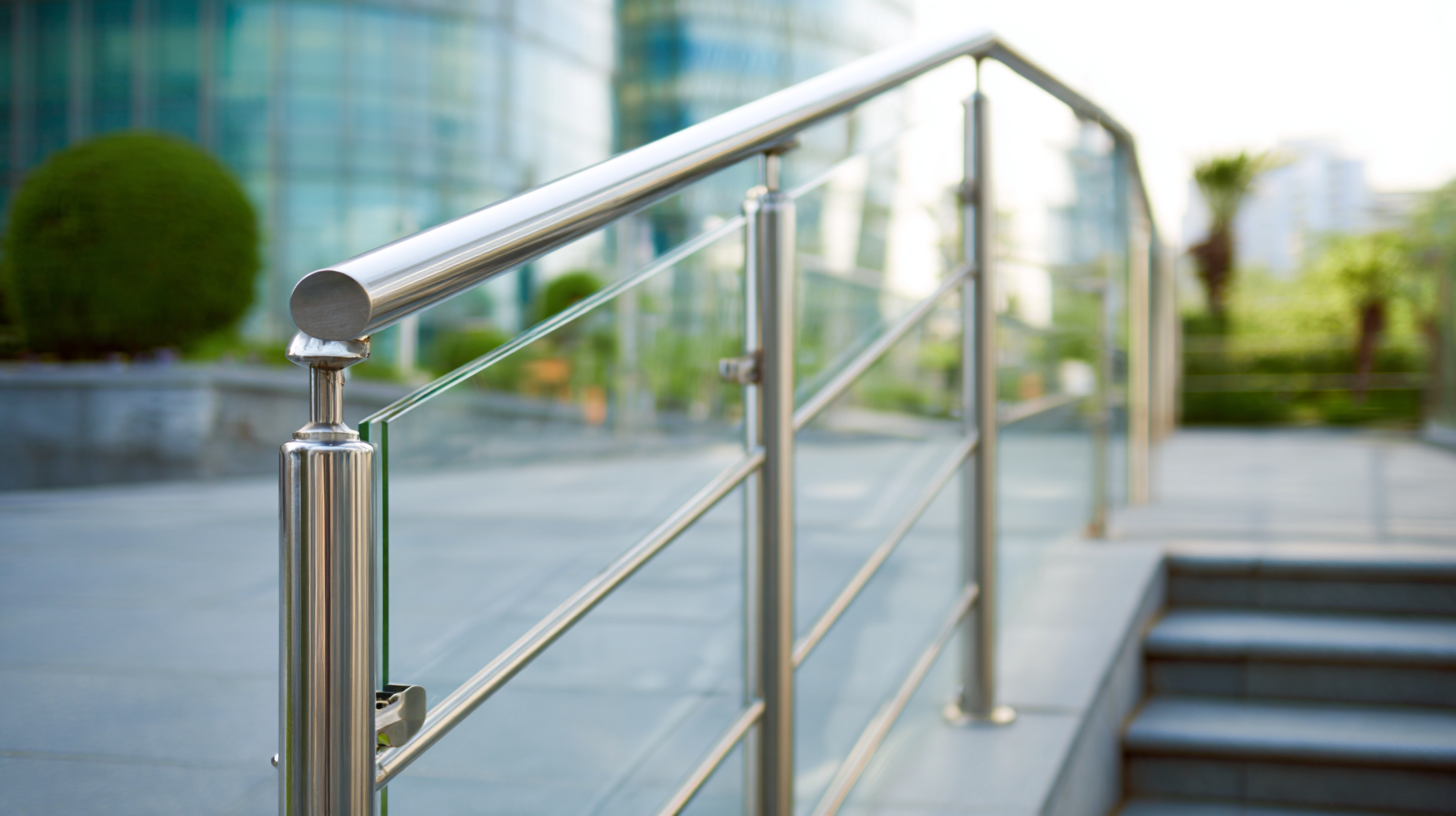
In terms of durability, aluminum outperforms materials such as wood, which can rot over time, and steel, which may be prone to rusting without proper treatment. Aluminum's natural resistance to corrosion makes it an ideal choice for outdoor applications where exposure to weather elements is a concern. Moreover, the maintenance of aluminum handrails is significantly less demanding; they can often be cleaned simply with soap and water, while wood may require regular staining or sealing. The combination of these advantages makes aluminum handrail section profiles not only aesthetically pleasing but also a practical solution for modern architectural projects.
In recent years, aluminum handrails have emerged as a pivotal element in modern architecture, embodying both functionality and aesthetic appeal. The trend towards utilizing aluminum handrail section profiles in contemporary spaces is underscored by their advantages in design flexibility and durability. According to a report by the American Institute of Architects, nearly 70% of architects now favor materials that not only complement the contemporary design ethos but also meet sustainability criteria, with aluminum's recyclability leading the charge.
One key trend is the integration of minimalist design principles, where aluminum handrails provide an unobtrusive yet striking solution that enhances sightlines and spatial perception. The sleek profiles can be easily customized to suit various architectural themes, from urban high-rises to serene residential designs. Incorporating lighting within these handrails has also gained popularity, revealing the potential to transform an ordinary space into a visually captivating environment.
Tips: When selecting aluminum handrails, consider finishes that align with the overall design palette while ensuring they meet safety standards. Additionally, exploring modular designs can offer unparalleled versatility for future renovations or expansions. Opting for powder-coated or anodized finishes can extend the handrail’s lifespan, maintaining its appearance against environmental wear.
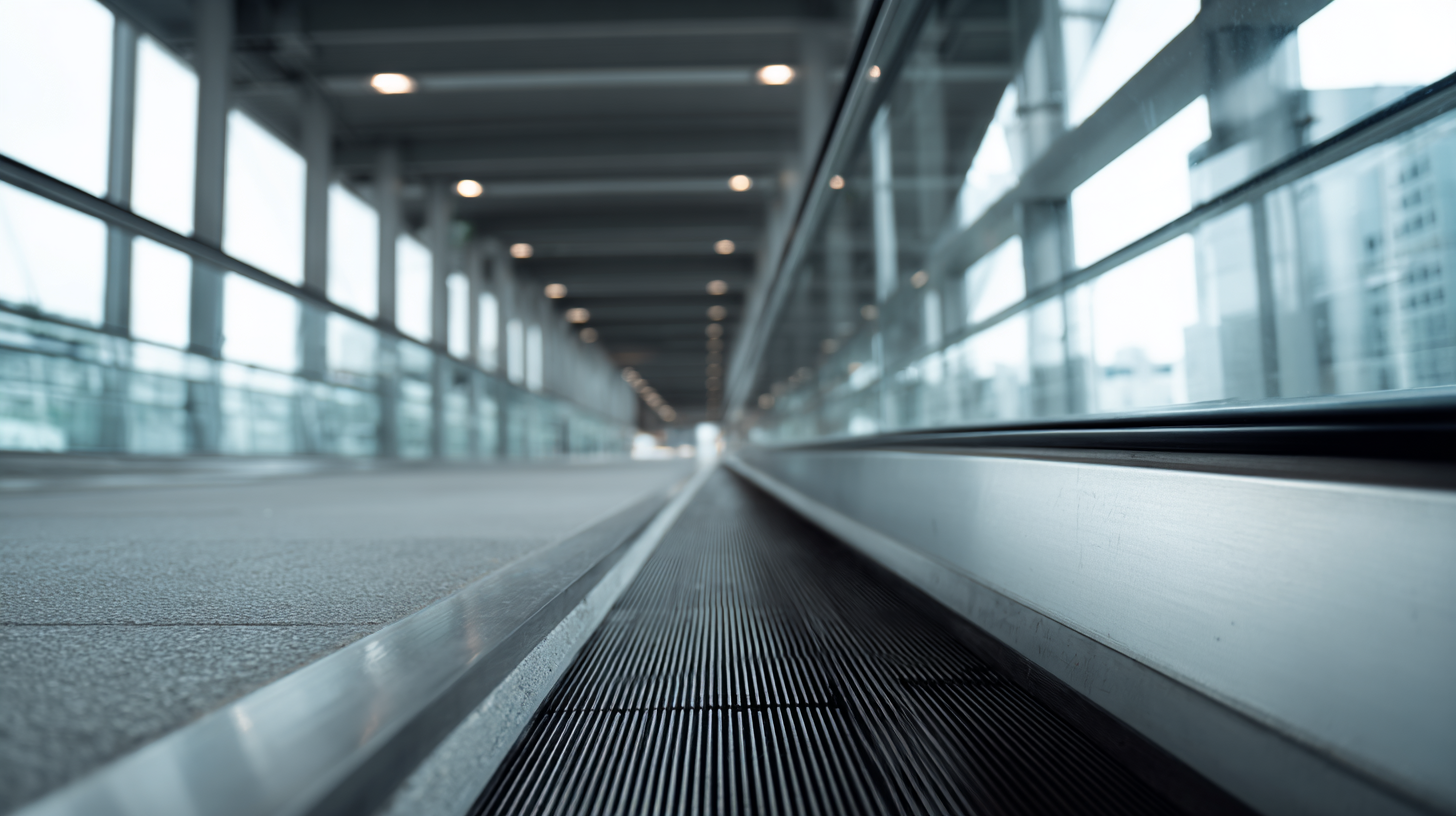
When considering aluminum handrail section profiles for modern architecture, the installation process plays a crucial role in maximizing their benefits. To start, proper planning is essential; measuring the installation area accurately ensures that the profiles fit seamlessly into the architectural design, preventing any misalignments that could compromise both safety and aesthetics. Additionally, selecting the right fasteners and anchors is vital, as they need to support the handrails while blending into the overall look.
Beyond the structural integrity, the types of finishes available for aluminum railings can significantly enhance their appeal. For instance, opting for an anodized finish can provide a sleek appearance reminiscent of stainless steel, which is both visually appealing and resistant to corrosion. Ensuring that the aluminum profiles are coated adequately not only improves their longevity but also requires less maintenance over time, making them ideal for contemporary designs where both form and function are paramount. Proper installation techniques, combined with high-quality finishes, can elevate the entire project, delivering safety and a modern aesthetic that complements any architectural vision.
